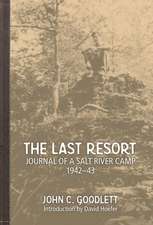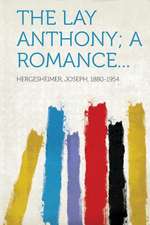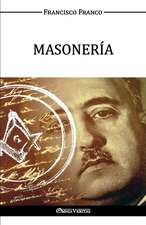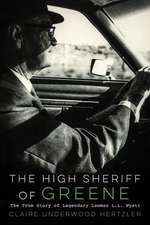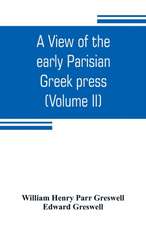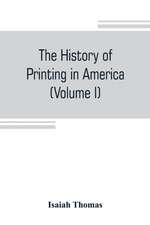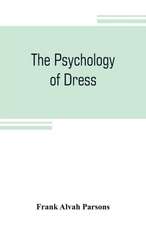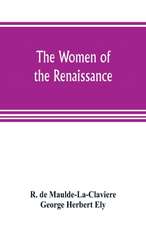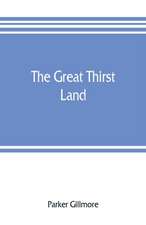Pioneer Science and the Great Plagues: New Directions in the Human-Animal Bond
Autor Norman F. Chevilleen Limba Engleză Paperback – 14 mar 2021
Veterinary science in the rural Midwest arose from agriculture, but in urban Philadelphia it came from medicine; similar differences occurred in Canada between Toronto and Montreal. As land-grant colleges were established after the American Civil War, individual states followed divergent pathways in supporting veterinary science. Some employed a trade school curriculum that taught agriculturalists to empirically treat animal diseases and others emphasized a curriculum tied to science. This pattern continued for a century, but today some institutions have moved back to the trade school philosophy. Avoiding lessons of the 1910 Flexner Report on medical education reform, university-associated veterinary schools are being approved that do not have control of their own veterinary hospitals, diagnostic laboratories, and research institutes--components that are critical for training students in science. Underlying this change were twin idiosyncrasies of culture--disbelief in science and distrust of government--that spawned scientology, creationism, anti-vaccination movements, and other anti-science scams.
As new infectious plagues continue to arise, Pioneer Science and the Great Plagues details the strategies we learned defeating plagues from 1860 to 1960--and the essential role veterinary science played. To defeat the plagues of today it is essential we avoid the digital cocoon of disbelief in science and cultural stasis now threatening progress.
| Toate formatele și edițiile | Preț | Express |
|---|---|---|
| Paperback (1) | 264.39 lei 6-8 săpt. | |
| Purdue University Press – 14 mar 2021 | 264.39 lei 6-8 săpt. | |
| Hardback (1) | 593.79 lei 6-8 săpt. | |
| Purdue University Press – 14 mar 2021 | 593.79 lei 6-8 săpt. |
Din seria New Directions in the Human-Animal Bond
-
 Preț: 78.96 lei
Preț: 78.96 lei -
 Preț: 143.31 lei
Preț: 143.31 lei -
 Preț: 160.85 lei
Preț: 160.85 lei -
 Preț: 234.03 lei
Preț: 234.03 lei -
 Preț: 68.03 lei
Preț: 68.03 lei -
 Preț: 223.03 lei
Preț: 223.03 lei -
 Preț: 108.85 lei
Preț: 108.85 lei -
 Preț: 138.14 lei
Preț: 138.14 lei -
 Preț: 159.16 lei
Preț: 159.16 lei -
 Preț: 120.18 lei
Preț: 120.18 lei -
 Preț: 133.80 lei
Preț: 133.80 lei -
 Preț: 90.72 lei
Preț: 90.72 lei -
 Preț: 362.70 lei
Preț: 362.70 lei -
 Preț: 194.45 lei
Preț: 194.45 lei -
 Preț: 84.32 lei
Preț: 84.32 lei - 5%
 Preț: 89.29 lei
Preț: 89.29 lei -
 Preț: 209.82 lei
Preț: 209.82 lei -
 Preț: 193.33 lei
Preț: 193.33 lei -
 Preț: 151.99 lei
Preț: 151.99 lei - 5%
 Preț: 176.58 lei
Preț: 176.58 lei -
 Preț: 110.52 lei
Preț: 110.52 lei -
 Preț: 103.05 lei
Preț: 103.05 lei - 5%
 Preț: 318.89 lei
Preț: 318.89 lei -
 Preț: 81.47 lei
Preț: 81.47 lei -
 Preț: 339.43 lei
Preț: 339.43 lei -
 Preț: 149.54 lei
Preț: 149.54 lei -
 Preț: 232.60 lei
Preț: 232.60 lei -
 Preț: 159.72 lei
Preț: 159.72 lei - 5%
 Preț: 264.11 lei
Preț: 264.11 lei -
 Preț: 144.67 lei
Preț: 144.67 lei -
 Preț: 386.24 lei
Preț: 386.24 lei -
 Preț: 141.14 lei
Preț: 141.14 lei -
 Preț: 189.62 lei
Preț: 189.62 lei
Preț: 264.39 lei
Nou
Puncte Express: 397
Preț estimativ în valută:
50.60€ • 54.94$ • 42.50£
50.60€ • 54.94$ • 42.50£
Carte tipărită la comandă
Livrare economică 22 aprilie-06 mai
Preluare comenzi: 021 569.72.76
Specificații
ISBN-13: 9781612496429
ISBN-10: 1612496423
Pagini: 370
Dimensiuni: 152 x 229 x 20 mm
Greutate: 0.49 kg
Editura: Purdue University Press
Seria New Directions in the Human-Animal Bond
ISBN-10: 1612496423
Pagini: 370
Dimensiuni: 152 x 229 x 20 mm
Greutate: 0.49 kg
Editura: Purdue University Press
Seria New Directions in the Human-Animal Bond
Notă biografică
Norman F. Cheville is distinguished professor and dean emeritus of the College of Veterinary Medicine at Iowa State University. Cheville began his work at the Army Biological Laboratory in Fort Detrick, Maryland, in the Veterinary Corps of the US Army from 1959 to 1961. After three years as research associate at the University of Wisconsin, he moved to the National Animal Disease Center as chief of Pathology from 1964 to 1989, and later as chief of the Brucellosis Research Unit, where he led the team that developed a new vaccine for bovine brucellosis. Working under Tony Allison at the National Institute for Medical Research in London in 1968, he investigated cellular immunity in poxvirus diseases. He was appointed chair of the Department of Veterinary Pathology at Iowa State University in 1995, and in 2000 was appointed dean of the College of Veterinary Medicine in 2000, from which he retired in 2004.



